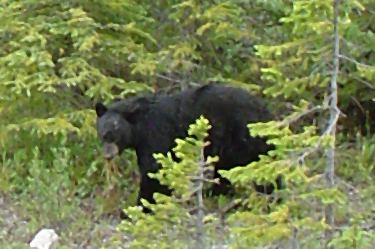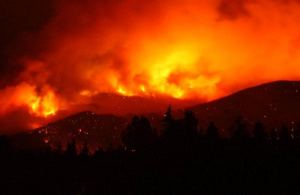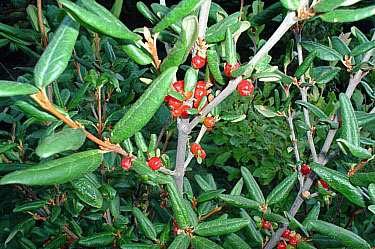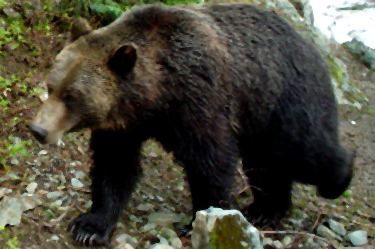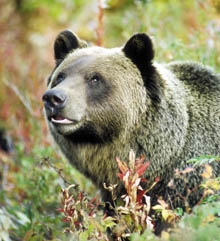A significant portion of Banff National Park’s old growth forest will be set afire this fall in an effort to restore crucial habitat for the area’s grizzly bears.
An 800-hectare area around Baker Creek will be set ablaze sometime between Labour Day and Halloween as a means of rehabilitating the natural landscaping and attracting hungry bears that have been roaming near the Lake Louise townsite.
“The primary objective in Banff for some time has been to improve the grizzly bear habitat in the upper Baker Creek area,” said Rick Kubian, fire vegetation specialist for Lake Louise, Yoho and Kootenay.
The prescribed burn is the first to be undertaken in the area, which has not seen a natural fire since the late 1800s. As such, most of the area – the size of 320 football fields – is made up of mature pine forest.
The south-eastern portion of the area, in which the forest is thinner and leads into a rock slope, will be used as a guard to ensure the fire does not burn out of control.
Fire Specialist Jean Morin, who is organizing the burn, said he is confident the “boulder areas” will ensure the prescribed burn remains safe, and describes the project as a long-term vision for the area.
“We want to make sure we’re strategic when we do these things, to help us for ecological integrity, but also to keep the facilities safe,” he said, adding the creek itself will prevent the fire from spreading in the other direction.
Forest fires naturally rejuvenate habitat for animals by allowing old forested areas to see a resurgence in plant and tree growth. Officials estimate the Baker Creek area – one of several sites for prescribed burns in the national parks this year – will become lush habitat for grizzlies in 15 years.
“This will be a pretty popular spot for wildlife after the burn,” said Kubian.
Kubian added officials will wait until wind and weather conditions are right before beginning the burn. Ideal conditions would include several days of dry weather in advance of the burn, as well as consistent wind blowing to the east in order to minimize the impact on surrounding areas. However, Baker Creek Chalets, which are only two kilometres from the edge of the burn area, will likely be affected by the project.
According to Parks Canada literature, smoke from a prescribed burn would not have an adverse impact on human health, nor would it contribute to global warming.
In addition to restoring grizzly bear habitat, the project aims to reduce the number of trees susceptible to mountain pine beetle and contribute to re-establishing the historic fire cycle in Banff National Park.
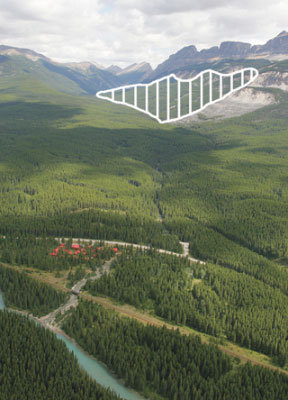
A large area of forest (shaded) east of Baker Creek near Lake Louise is set to be burned to create a fuel reduction area in an attempt to suppress future wild fires. The Bow River, Baker Creek Chalets, and Bow Valley Parkway can be seen in the foreground.
Source: Dan Ovsey – Rocky Mountain Outlook
